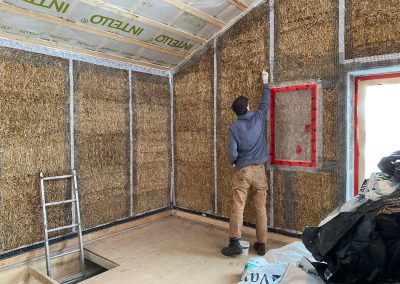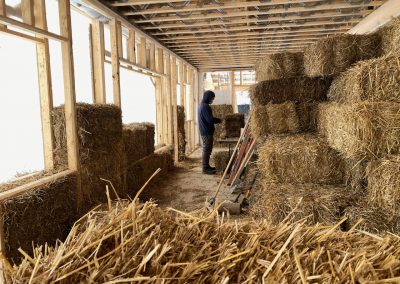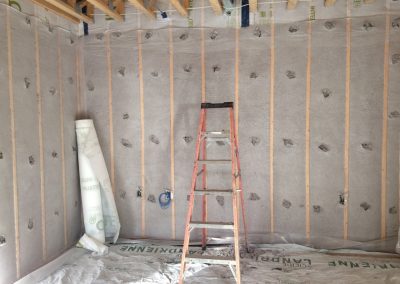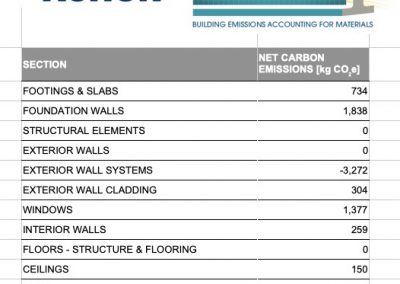carbon storing
carbon storing buildings
Straworks is working on climate change, one building at a time. By choosing more plant-based materials that store carbon dioxide, and fewer materials with high carbon emissions, we are committed to being more part of the solution and less part of the crisis. Our goal is to build net zero embodied carbon, or better.
How do we do this? BEAM.
BEAM, the carbon estimator tool from Builders for Climate Action Carbon, is THE BEST TOOL I bought in 2022. It makes big-picture work easy.
All store-bought building materials come with manufacturing emissions, some more than others. BEAM shows you how to make choices to reduce your project’s carbon footprint to zero or better.
For example, I inputted a straw bale house into BEAM at the design stage when I could make changes. To lower my initial score, I switched the concrete design mix to one with the same strength but 50% less cement and swapped out new metal roofing for used. Cement and steel have high material emissions, so these two substitutions reduced the carbon footprint by 2,555 kg CO2e.
According to BEAM, the straw bale walls and the loose-filled cellulose insulation in the attic reduced the score even more! Straw is the single biggest climate hero on the job site, and cellulose is a close second. As it grew, the wheat straw sequestered 2.2 tons kg CO2e from the atmosphere. Stored as bales in the walls, this lowers the score. Similarly, the loose-filled cellulose insulation in the attic is storing and lowering the score by 960 kg CO2e. Comparatively, I can see in BEAM that if we chose 6” of polyurethane foam, the project’s carbon emissions would have gone up by over 4 tons.
BEAM takes the guesswork out and shows you how to DO SOMETHING to limit global temperature rise to 1.5 degrees Celsius above pre-industrial levels. It shows you that by using more plant-based materials like hemp, straw, cork, bamboo, and cellulose that sequester and store carbon dioxide and fewer materials with high material emissions, buildings can be more part of the solution to climate change and less part of the problem.






